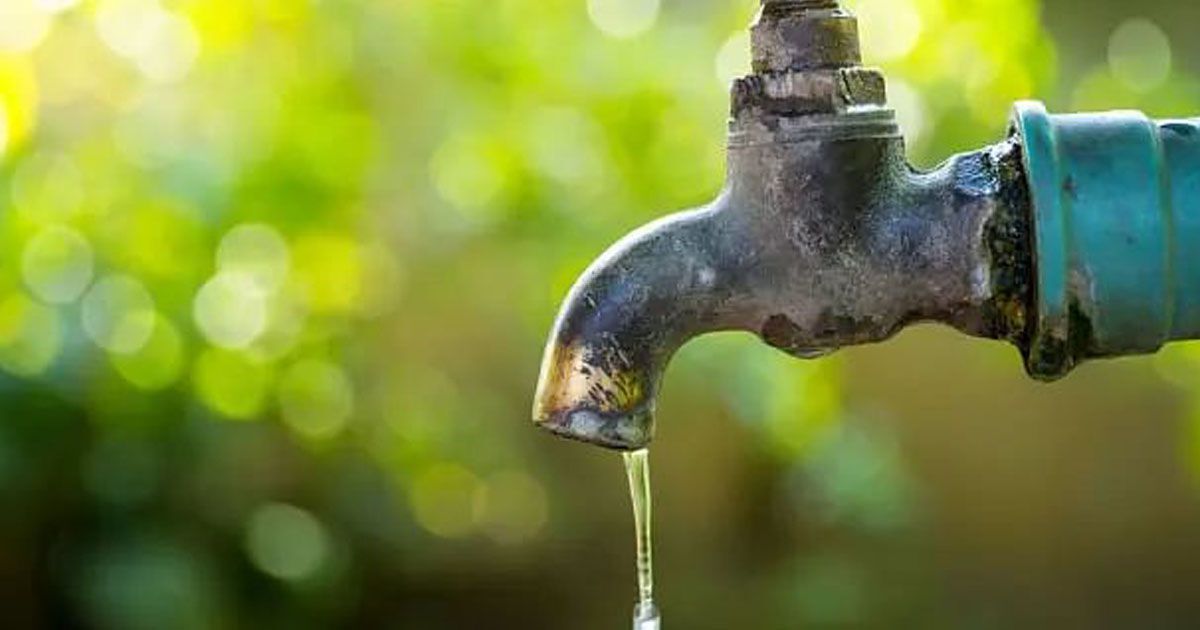

Dr. Ishani Chakrabartty warns of the looming water crisis in Guwahati, the region’s premier city.
Assam, a region endowed with natural beauty, is a State that receives abundant rainfall; so much rainfall that flood relief schemes need to be designed and upgraded each year; shelter camps need to be built, and so on. In such a scenario, isn’t it ironic that Guwahati, the most developed city of this State, is facing an unprecedented water crisis? It’s a city which lies on the southern bank of the mighty Brahmaputra river, and which receives an average rainfall of 1,722 mm per year, which is equivalent to 5,64,816 million litres of water — enough to meet the daily requirements of 37,65,440 people.
I am a denizen of one of the most crowded residential regions of this city, and I have been forced to buy water from private channels, despite having a well and a municipal water connection for the last two years. And, no, we are not a huge family – just four conscious people. But the reason why this issue has now come to light is because I see a water tanker coming to every house in my locality, every fortnight. And these water tankers charge around Rs. 500 for 1,000 litres. Digging a borewell amounts to lakhs of rupees, which not everyone residing in Guwahati can afford.

In the rainy season, if Guwahati experiences a heavy downpour for even an hour, most parts of the city get water-logged; Fancy Bazaar, Uzanbazar, and other areas situated on the riverside are labelled as ‘red alert’ regions. Then why is there no groundwater, no potable water? What is even more surprising is that there is hardly any strong media focus on the water crisis existing in Guwahati; even though there have been some newspaper reports regarding the dearth of drinking water in some localities of Guwahati due to technical snags in the municipal pumps that are used for the suction of water from the Brahmaputra. The probable reason may be the diversion that is being created by the different news forums – focus is mainly laid on the unending series of protests, road accidents, crimes, as well as COVID-19, and, of course, the ongoing elections. Hence, there is no coverage on one of the most substantial problems and there is a high chance that the water situation will further deteriorate owing to the changing infrastructure of the city – large housing complexes, huge shopping malls, all in the name of ‘development’ and making Guwahati a ‘smart city’. And if this is the situation in the posh localities of Guwahati and affluent citizens are purchasing water, what about those people who live hand-to-mouth?

Also, it seems like the water crisis issue is being kept alive, because, if solved, the government will have no agenda while asking for votes. The condition of our water pumps is dilapidated and most of the machinery used by the water board is worn-out. Moreover, certain localities of Guwahati, like Maligaon, Noonmati, etc., cannot use the groundwater because of its high iron content; even filtration and further storage of this water doesn’t come cheap!
In 2019, RTI activist Sandeep Bora had said that it is ironical that, despite being situated on the banks of the Brahmaputra, the people of Guwahati have not been able to use its water. An ambitious Greater Guwahati Water Supply Project was sanctioned way back in 2009 and an amount Rs. 389.53 crores was estimated to be utilised on this. After all these years, while many roads across the city have been excavated to lay water pipelines, officials now say that the completion date of the project has been pushed to 2022 because of the pandemic and its associated hindrances; this date is expected to be pushed further. However, representatives of the departments concerned refuse to go on record to mention the exact date when people of Guwahati will actually get running water in their homes.
So, is there any solution to this? Yes, there is, and the onus, yet again, is on us. While we need to keep questioning the authorities regarding the status of the water project, the residents of the city should also become conscious and diligent by minimising the usage of water. Take bucket baths, instead of enjoying the luxury of a shower. Also, it is imperative that we start harvesting rainwater. Collect the rainwater, purify it if required, and utilise it for different household needs.

Last, but not the least, the lack of water may not be an urgent issue at the moment, but in the long run, every household of this city will have to face this crisis. Water crisis in Guwahati is real, so, before it is too late, let us all opt for sustainable living and save water, individually as well as collectively.
